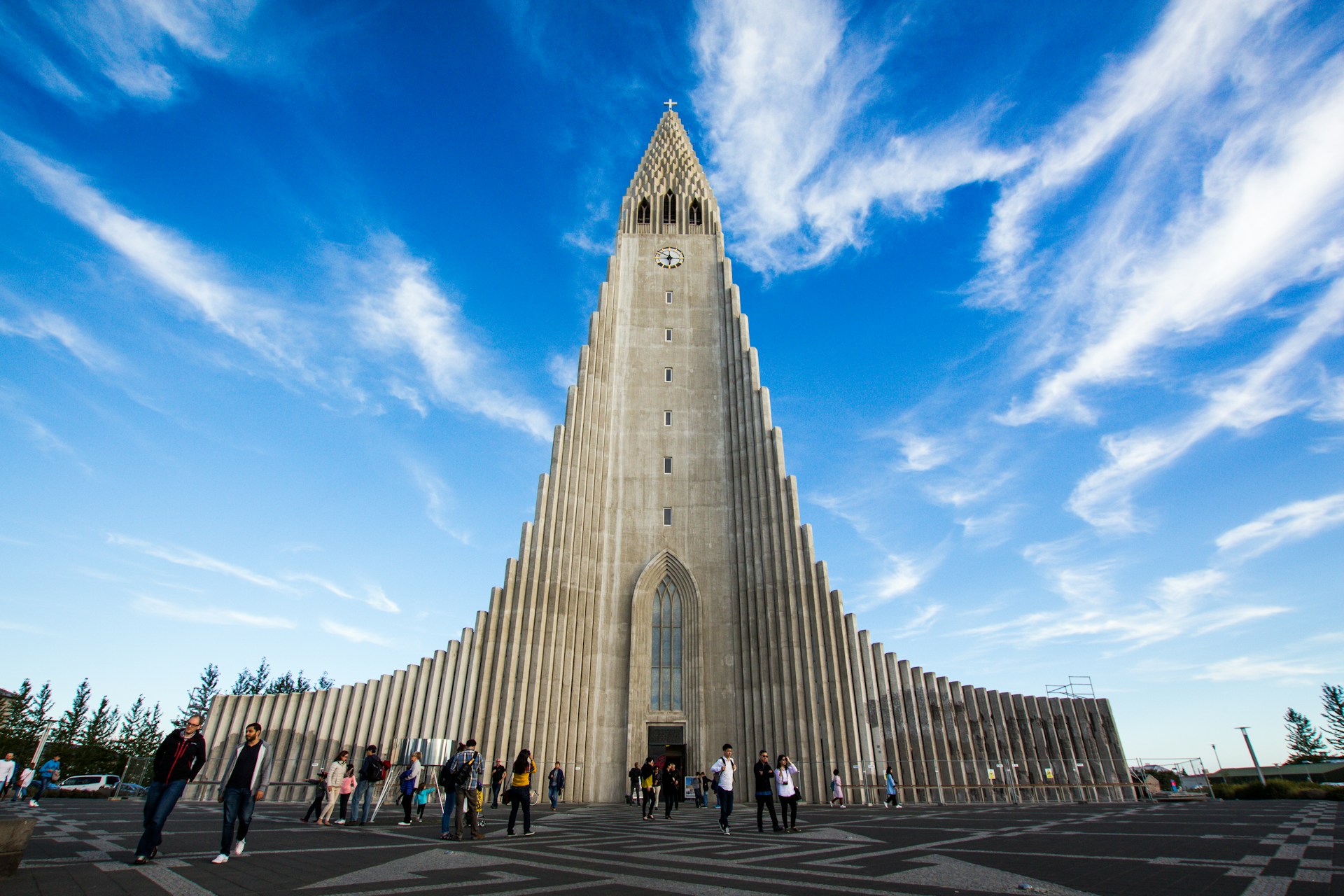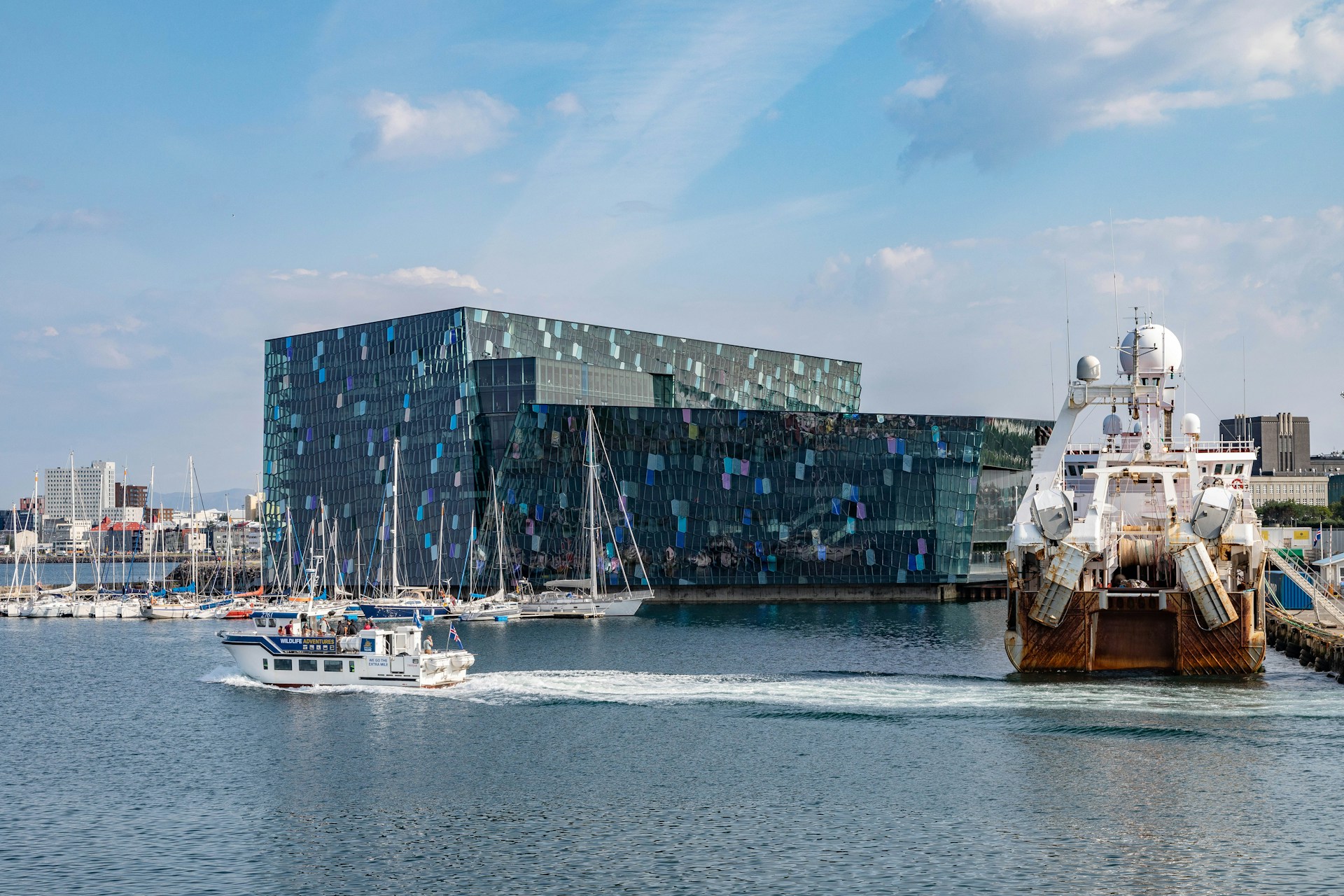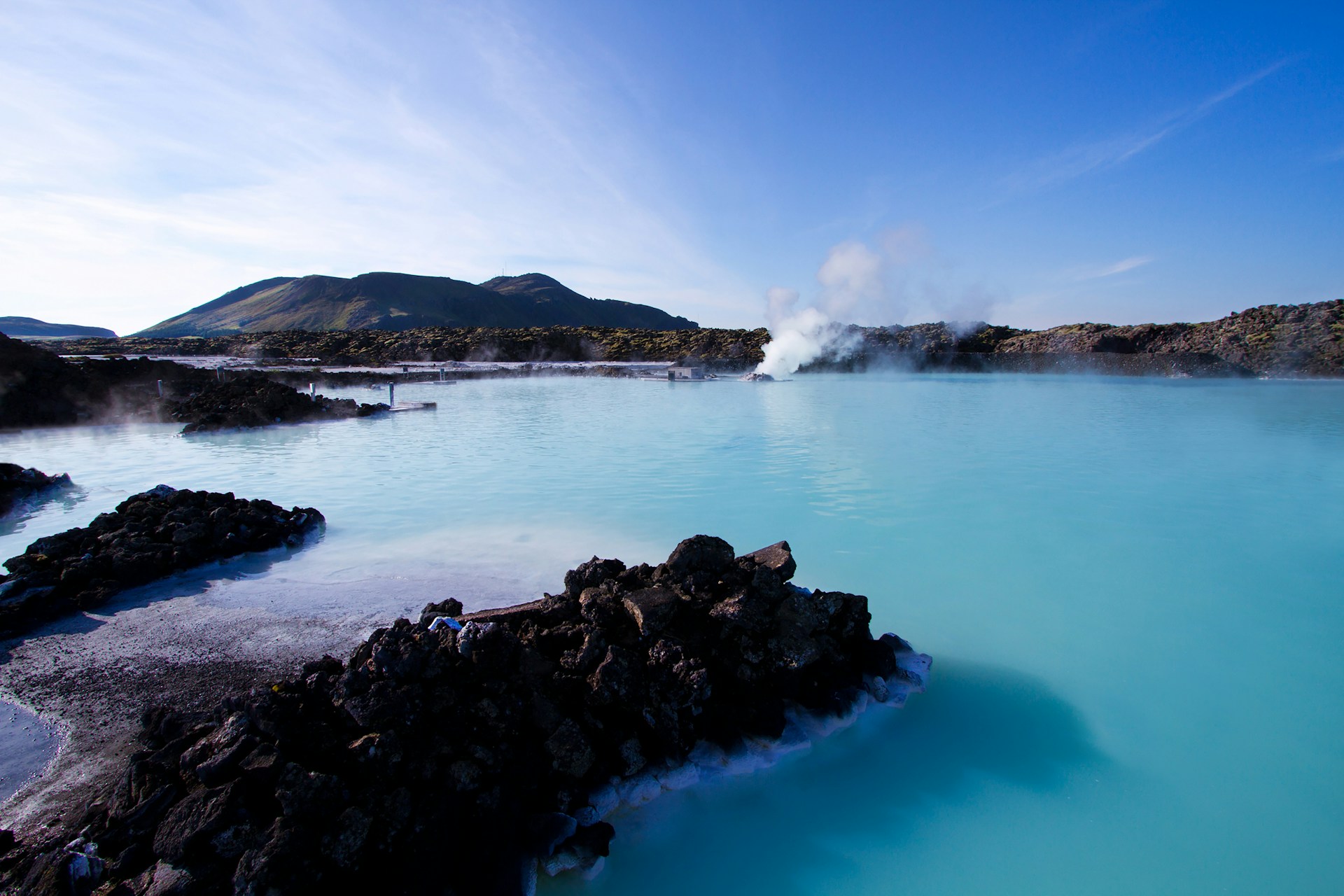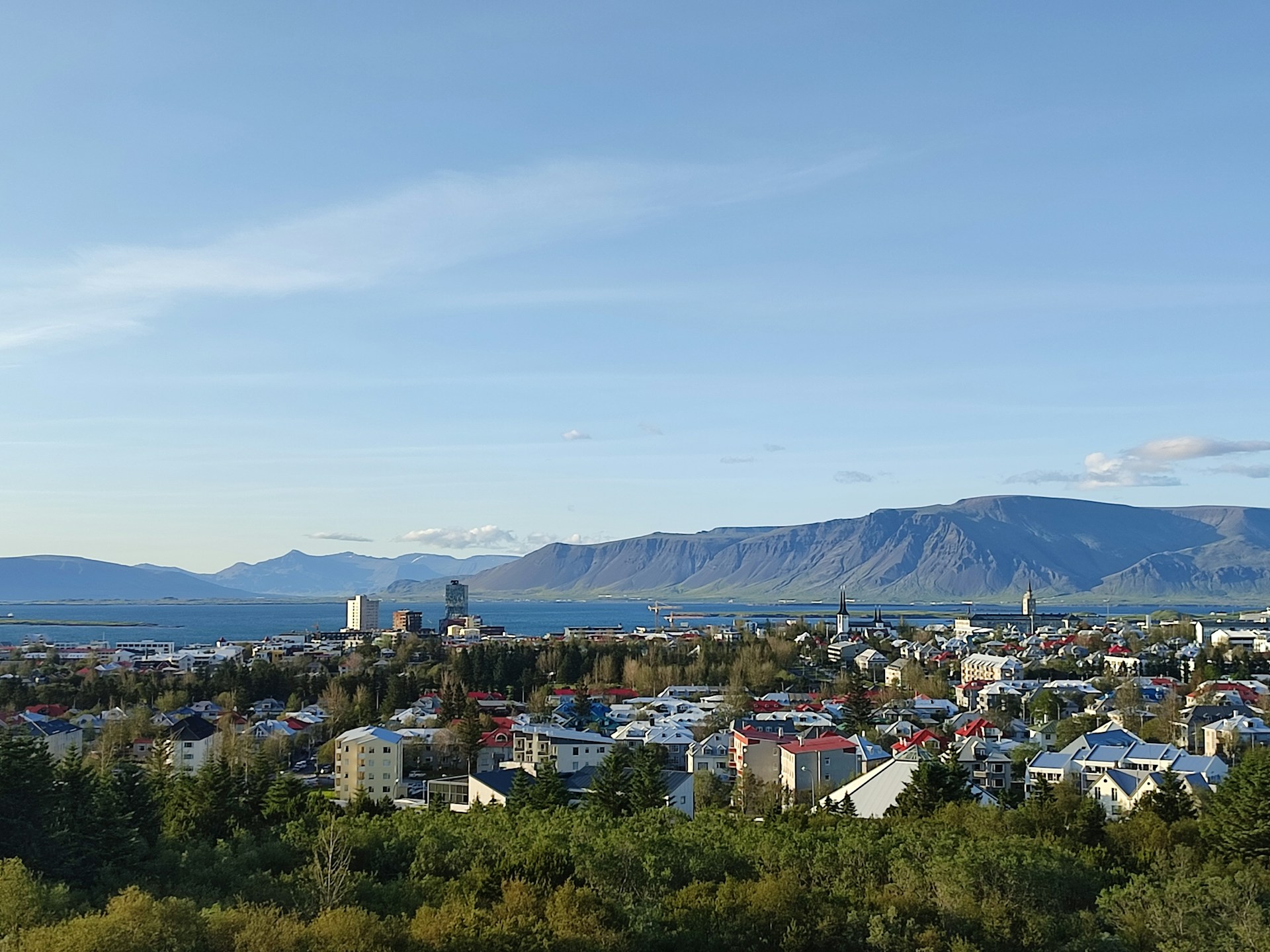Best Campsites of Iceland Near Hot Springs & Geothermal Pools
Explore Iceland’s best camping spots near natural hot springs and geothermal pools for a warm, scenic escape.
Iceland has become one of the world's most popular travel destinations, famous for its stunning waterfalls, dramatic landscapes, and the magical Northern Lights. But there's one question that comes up again and again when people plan their trip: Is Iceland really as expensive as everyone says?
The short answer is yes, Iceland is expensive. But don't let that scare you away from visiting this incredible country. With smart planning and the right strategies, you can experience the Land of Fire and Ice without completely breaking your budget.
Before diving into the numbers, it helps to understand why Iceland is so pricey. Several factors work together to create higher costs for travelers.
Iceland is a small island nation in the North Atlantic, which means almost everything needs to be imported. Fresh fruits, vegetables, and many other goods arrive by ship or plane, adding significant costs. The country also has a harsh climate that limits local food production to greenhouse farming and a few hardy crops.
Iceland has a small population of only about 370,000 people, so there's limited competition between businesses. This smaller market means companies can't negotiate the same bulk prices that larger countries enjoy. Add in high taxes and labor costs, plus a strong tourism industry where demand often exceeds supply, and you get the expensive Iceland that travelers know today.

Based on recent traveler experiences and current pricing, most visitors should budget between $250 to $400 per person per day for a mid-range Iceland experience. This includes accommodation, meals, transportation, and some activities.
For budget travelers who stay in hostels, cook their own meals, and skip expensive tours, you might manage with $100 to $150 per day. However, this requires careful planning and some sacrifices in comfort and experiences.
For families, expect around $1,219 per day for the entire family, though this varies significantly based on family size and travel style. Solo travelers often pay more per person since they can't split accommodation and transportation costs.
The time of year you visit makes a huge difference in your daily costs. Summer is the most expensive season, while winter offers significant savings on flights and hotels, though with limited daylight and weather challenges.
Your flight to Iceland will likely be one of your biggest expenses, and timing is everything when it comes to getting a good deal. During Iceland's peak season from June to August, round-trip flights typically cost between $800 and $1,200. If you're traveling from Europe, you'll generally find cheaper options than flying from North America.
Winter travel from November to February offers the best flight deals, with round-trip tickets often ranging from $300 to $600. Just remember that winter comes with shorter days and unpredictable weather that might limit your activities.
For the best prices, book your flights three to six months in advance. Consider Iceland's two main airlines, Icelandair and PLAY, which frequently offer sales, especially during off-season periods. Icelandair also offers a unique stopover program that lets you spend up to seven days in Iceland at no additional airfare cost when flying between North America and Europe.

Where you stay in Iceland dramatically affects your overall budget, and the country offers options for every type of traveler.
Mid-range hotels and guesthouses typically cost $100 to $200 per night, with prices peaking during summer months, especially in Reykjavik. During high season, expect to spend about $160 per night for mid-range accommodations, while luxury hotels range from $300 to $700 per night.
Booking early is crucial for getting reasonable rates. In summer, up to 86% of accommodation in the Reykjavik area can be booked months in advance, leaving limited and expensive options for last-minute travelers.
Hostels offer the most affordable accommodation, though they're not as cheap as in other European countries. Hostel dorm beds typically cost around $63 per night, while private rooms in hostels cost more but still less than hotels.
Camping is extremely affordable, typically costing $15 to $30 per night per person. Many travelers choose campervans that serve as both transportation and accommodation. Campervan rentals cost around $100 per day when booked 4-6 months in advance, though last-minute bookings can be much more expensive.
Transportation in Iceland centers around car rentals, as public transportation outside Reykjavik is very limited.
During peak season in August, expect to pay around $400 for gas to drive the complete Ring Road, plus the rental car cost itself. Rental prices vary significantly by season and how far in advance you book.
In 2025, you'll notice more places charging for parking at natural attractions, with the average rate being 1000 ISK (about $7). Keep some extra cash handy for these fees.
In Reykjavik, a single bus trip costs 670 ISK (about $5), while a 24-hour unlimited card costs 2650 ISK (about $19). The bus from Keflavik Airport to Reykjavik costs 2400 ISK (about $17).

Food is where Iceland's high costs really show, but there are strategies to manage these expenses.
For mid-range travelers, budget $110 to $150 per day for meals: $25 for breakfast, $35+ for lunch, and $45+ for dinner, plus $15 for drinks.
Iceland's famous hot dog "ein með öllu" (one with everything) costs 820 ISK (about $6) in 2025, making it one of the cheapest meal options. A lamb shawarma from the popular Mandi restaurant costs 2090 ISK (about $15).
A three-course meal at a casual restaurant typically costs $40 to $50 per person. Fine dining prices aren't much higher than casual dining compared to other countries, which actually makes upscale restaurants relatively good value.
Shopping for groceries can significantly reduce your food costs. The most popular budget grocery stores are Bónus (the cheapest option) and Krónan, which offers better variety and fresh produce.
With careful shopping at Bónus, you can get bread for $3, peanut butter for $2, and jelly for $3. Pre-made sandwiches at grocery stores cost about 798 ISK ($5.80), which is much cheaper than restaurant meals.
Consider accommodation with kitchen facilities, as preparing even simple meals like breakfast and occasional dinners can significantly reduce food expenses. Many travelers bring non-perishable snacks from home, which can provide substantial savings.
One traveler managed to spend only $148 on food over nine days by bringing snacks from home, shopping at budget stores, and eating mostly simple meals prepared at accommodation.

Iceland's natural attractions are often the highlight of any visit, and many of the best sights are completely free.
The majority of Iceland's famous natural attractions don't charge entrance fees. You can visit stunning waterfalls like Gullfoss and Skógafoss, see the Geysir geothermal area, walk on black sand beaches, and explore most hiking trails without paying anything.
Popular day tours and activities from Reykjavik currently cost between 7,790 ISK and 51,000 ISK (about $56 to $367). Private tours start at around 165,000 ISK (about $1,190). More budget-friendly options like museum visits or FlyOver Iceland cost from 4,300 ISK to 6,990 ISK (about $31 to $50).
Popular paid activities include glacier hiking, whale watching, Northern Lights tours, and geothermal spa visits. The famous Blue Lagoon is particularly expensive, but there are many other geothermal pools throughout the country that cost much less.
A pint of beer in bars or restaurants typically ranges from 1,200 ISK to 1,500 ISK (about $9 to $11). During happy hour, beer prices drop to around 800 ISK to 1,000 ISK (about $6 to $8).
At Vínbúðin (the state-run liquor store), a six-pack of local beer costs 2,500 ISK to 3,000 ISK ($18 to $22), while a bottle of wine starts around 2,500 ISK ($18).
You can purchase alcohol duty-free at Keflavik Airport, with prices up to 50% lower than retail stores in Reykjavik. This is one of the best ways to save on alcohol during your trip.

Despite its high prices, Iceland consistently ranks as one of the world's top travel destinations. The country offers experiences you simply can't find anywhere else dramatic landscapes, incredible natural phenomena, and a unique Nordic culture.
Iceland has three Michelin-starred restaurants and a food scene that truly surprises visitors with its quality and creativity. The natural attractions are world-class, and many are completely free to visit.
When you consider that a two-week Iceland trip costs around $21 for travel insurance with SafetyWing, protecting your investment is affordable. The memories and experiences you'll gain often prove to be worth every penny spent.
Create a realistic daily budget based on your travel style and stick to it by tracking expenses. Remember that as a tourist, you can claim back VAT on purchases over ISK 6,000 (about $43) at the airport when leaving.
Consider the total value of your Iceland experience rather than just individual costs. While meals might be expensive, the landscapes are free. While accommodation costs add up, the memories last forever.
Iceland is expensive, but it's not impossibly so. With proper planning, smart choices, and realistic expectations, you can experience this incredible country without completely emptying your bank account. The key is understanding where costs are unavoidable and where you have opportunities to save.
Start planning your Iceland adventure today, keeping these budget guidelines in mind. The Land of Fire and Ice is waiting for you, and with the right preparation, it can be the trip of a lifetime without being financially devastating.
For a week in Iceland, budget travelers should bring around $1,050 ($150 per day), while mid-range travelers need approximately $2,100 ($300 per day). This covers accommodation, food, transportation, and activities. Luxury travelers should budget $4,900 or more ($700 per day) for premium experiences. Remember to bring extra cash for parking fees at attractions and emergencies, as some places don't accept cards.
Iceland is among the most expensive countries in the world, comparable to Switzerland and Norway. While some travelers find Norway slightly more expensive than Iceland, the difference is minimal. All three countries have high costs due to strong economies, high wages, and expensive imports. Iceland's island location makes it particularly costly for food and goods that must be shipped in from other countries.
Yes, you can visit Iceland on a budget, though it requires careful planning. Budget travelers can manage with $100-150 per day by staying in hostel dorms, cooking their own meals, camping, and focusing on free natural attractions. Bring snacks from home, shop at budget stores like Bónus, and travel during off-season for the best savings. Many of Iceland's most beautiful sights like waterfalls and hiking trails are completely free.
November through February are the cheapest months to visit Iceland, with flights costing $300-600 and accommodation discounts up to 50% compared to summer. However, you'll have limited daylight hours and unpredictable weather. March-May and September-October offer a good balance of lower costs and better conditions, with flights around $500-800. Avoid June-August if budget is your main concern.
Food costs vary greatly depending on your dining choices. Budget travelers spending mostly on groceries can manage with $30-40 per day. Mid-range travelers mixing restaurant meals with grocery shopping should budget $80 per day. If you eat all restaurant meals, expect to spend $120+ per day. A basic hot dog costs about $6, while restaurant entrees range from $20-30. Shopping at budget stores like Bónus and cooking some meals significantly reduces food expenses.